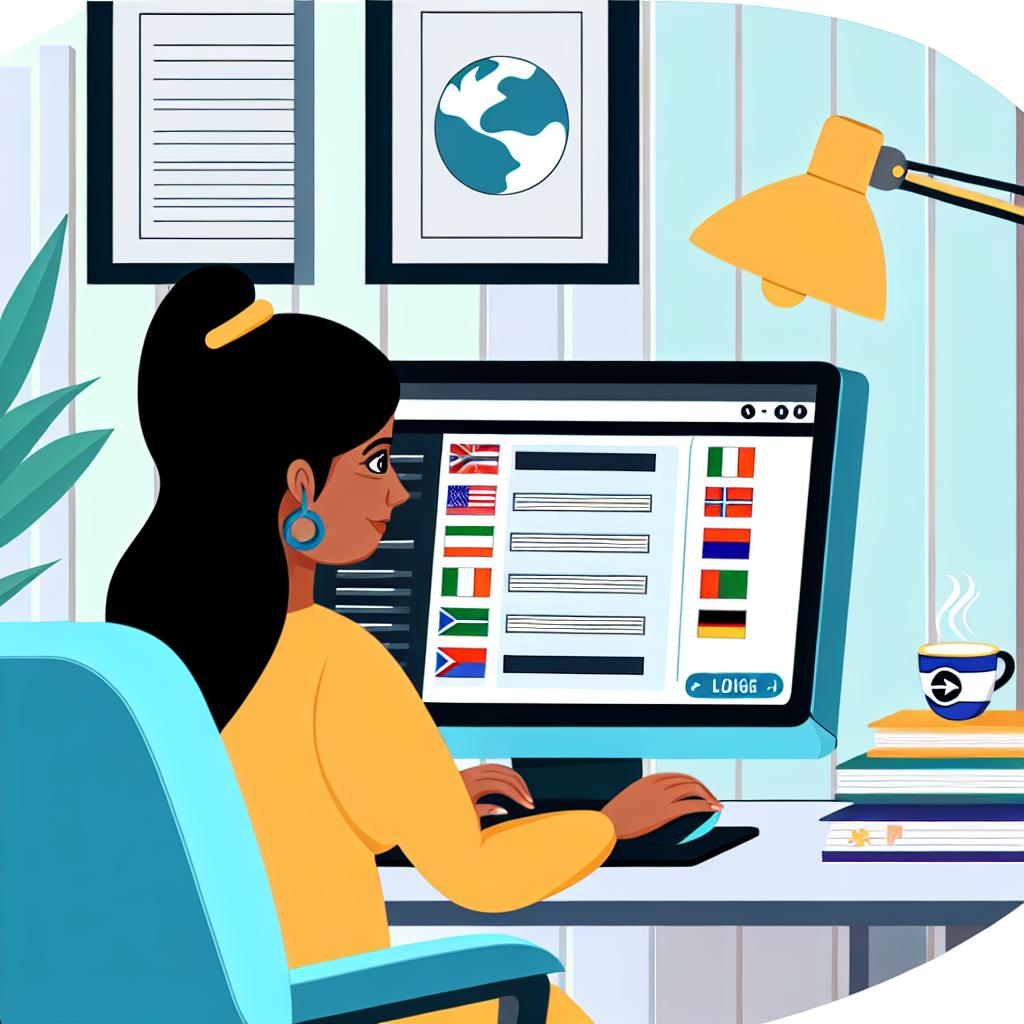Introduction
Creating a multilingual WordPress website can significantly enhance your reach and accessibility to a global audience. By providing content in multiple languages, you cater to diverse groups of users, improve user experience, and potentially boost your site’s traffic and engagement. This guide will help you understand the steps and tools necessary for setting up a multilingual WordPress website.
Choosing the Right Plugin
WordPress does not natively support multilingual content, so using a plugin is essential. Some popular multilingual plugins include WPML, Polylang, and Weglot. Each of these plugins has its features, compatibility, and pricing structures.
WPML is well-suited for businesses and large websites, offering comprehensive translation management and integration with translation services. It is a premium plugin with extensive documentation and support, providing robust solutions for sites with complex multilingual needs. Alternatively, Polylang is mostly free, user-friendly, and integrates well with a variety of WordPress themes. Polylang allows you to manually translate your content and offers a simple interface for managing multiple languages easily, making it an attractive choice for individuals and small businesses. Weglot, on the other hand, operates on a translation-as-a-service model that translates your site’s content automatically. As a paid service, it provides a convenient setup and high-quality translations, ideal for those looking for a quick and efficient solution.
Setting Up the Plugin
After selecting a suitable plugin, the next crucial step is to install and configure it.
Installation involves accessing your WordPress dashboard, navigating to the Plugins section, and clicking on Add New. By searching for the plugin by its name, you can install and activate it. This straightforward process opens up a world of multilingual capabilities for your website. Following this, configuration is necessary, which depends on the specific plugin you’ve chosen. Typically, a new menu option will appear for the plugin where you can choose the languages you wish to add. In this section, you’ll also configure important language settings, such as setting the default language and determining the placement and design of language switchers on your site.
Once installed and configured, the next step is to translate your content. Depending on the plugin, you have different options to manage this. Some tools allow you to manually input translations, offering precise control over your multilingual presentation. Others offer automatic translation options, making it quicker but requiring careful review to ensure quality.
Design Considerations
Designing a multilingual website requires thoughtful consideration of its unique elements:
A prominent Language Switcher is crucial. This should be easily accessible, typically placed in the header or main menu for straightforward navigation. Additionally, if your audience includes speakers of right-to-left (RTL) languages, such as Arabic or Hebrew, ensuring RTL Support is implemented is vital. This involves selecting themes and plugins that can handle right-to-left text direction, preserving the site’s usability.
Being aware of Cultural Sensitivity is also important. Translations must respect cultural nuances and avoid idiomatic expressions that may not translate well across different languages and cultures. This attention to detail helps in crafting content that resonates well with diverse audiences, ensuring better engagement and understanding.
SEO Implications
Optimizing a multilingual website for search engines is an integral part of the process:
Implementing hreflang tags is essential. These tags inform search engines about the language and regional targeting of your web pages, helping to ensure that users in specific locations see the right language version of your site. Translating meta descriptions, tags, and alt texts for images is also important. This maintains keyword relevance across different languages and enhances your site’s visibility in search results, ensuring you attract traffic from various linguistic demographics.
Testing and Quality Assurance
Once your multilingual site is set up, rigorous testing and quality assurance are necessary:
Begin by testing the navigation and language switcher to confirm that they function correctly. Ensuring that users can easily switch languages without encountering confusion or errors is critical to user satisfaction. Evaluate whether translations maintain the original content’s meaning and integrity. This involves checking that automatic translations are accurate and that manual translations are thorough.
Moreover, it is essential to inspect your site’s layout for issues caused by varying text lengths or RTL languages. Different languages may alter the visual presentation of your site, requiring adjustments to maintain aesthetic and functional consistency.
Conclusion
Setting up a multilingual WordPress website can significantly broaden your audience reach and improve user engagement. By selecting the right tools and adhering to best practices, you can create a seamless experience for users across various regions and languages. For more detailed guidance on specific tools or configurations, visiting official plugin websites or related developer resources can be beneficial. This endeavor, while initially demanding, offers substantial rewards in connecting with a global audience and enhancing online presence.
